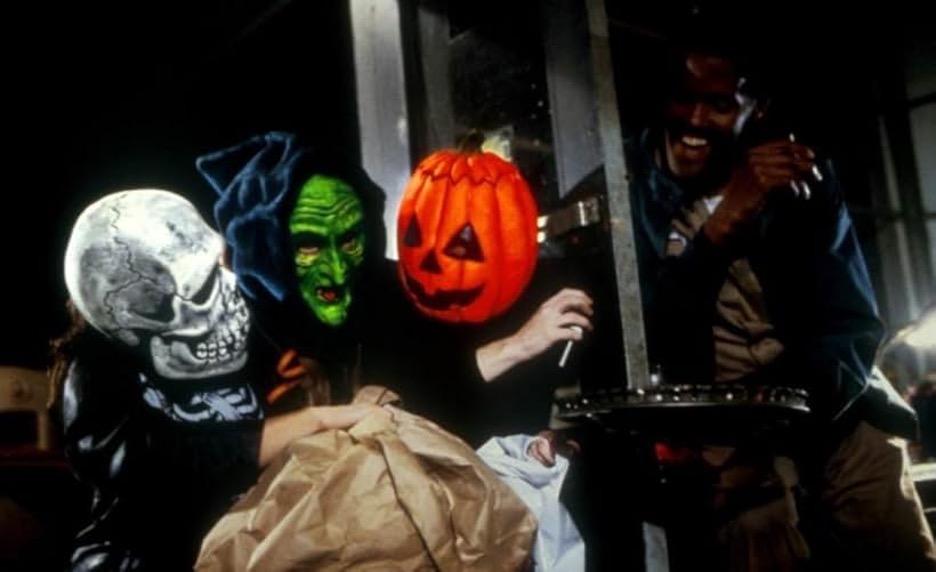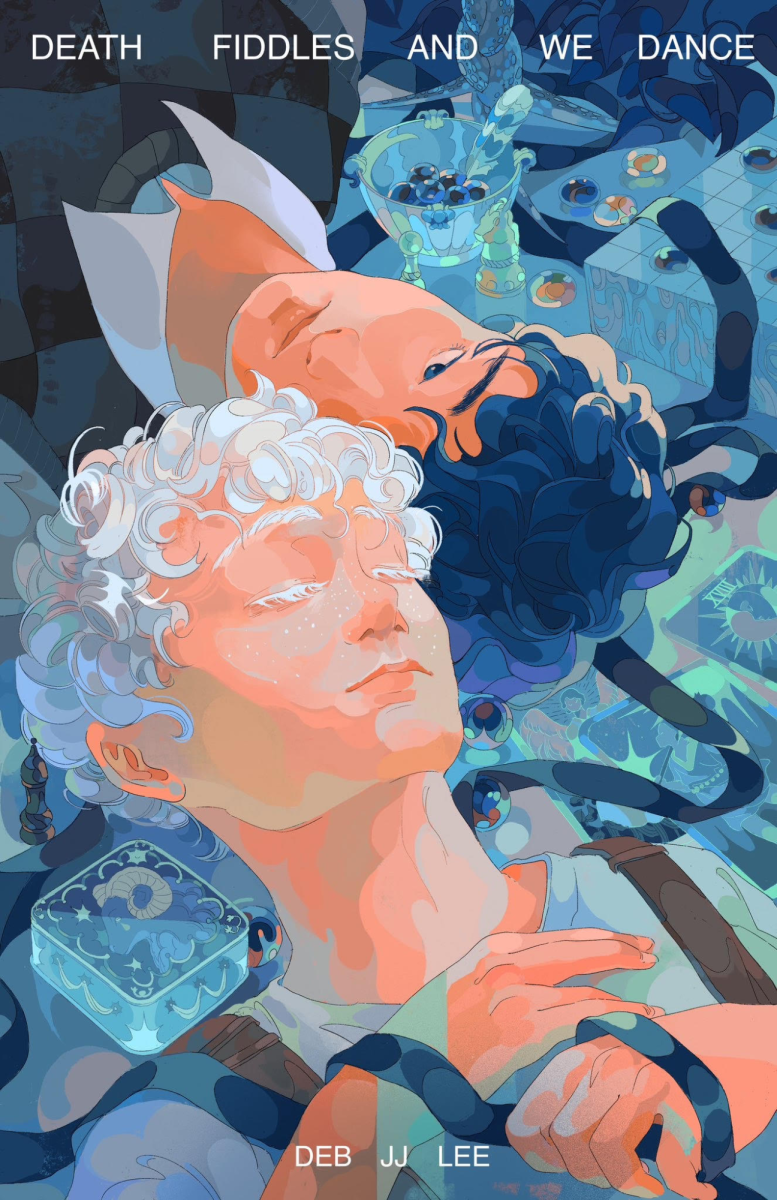Amherst College alumna and artist Sonya Clark spoke Friday at the Stirn Auditorium.
Her lecture titled “From Hair to There: Cultural Roots as Artistic Inspiration.”
Clark, (’89) was the youngest of 18 artists that were asked to exhibit their work at the Mead Art Museum on the campus. The display celebrates the 50 years of visual arts shared among the alumni ranging from 1953-1989. Clark is currently an assistant professor in the Department of Environment, Textiles and Design at the University of Wisconsin, Madison.
“There is a wide range of mediums, styles, and subjects displayed in the exhibit,” said Jill Meredith, who is the director of Mead Museum.
Clark’s artistic inspirations come from her heritage and background in psychology, which she studied as an undergraduate at Amherst. She later went on to the School of the Art Institute of Chicago and received her Masters degree in fine arts from the Cranbrook Academy of Art in Bloomfield Hills, Mich.
The 60 slides she shared with the audience were striking creations that were made from beads, textiles, and fiber to emulate African hairstyles. The headdresses are symbols of the power of her African heritage.
Clark said she had cut her hair in 1987 and since she grew up always braiding hair she went on to art as an extension of the habit. She also believes cloth is an important apparatus for her artwork.
“Hair is the primordial fiber art,” said Clark. “Textiles have power to hold memories and it has power to know you.”
Coming from a diverse background, which includes links from Jamaica, Trinidad, Scotland as well as Africa, Clark emphasized her shared heritage and culture as an inspiration to her artwork. The history of her ancestry such as slavery contributed many ideas to her works.
“I was consciously aware that slaves were able to use their hands and make things that were useful,” said Clark. “My grandfather made fine furniture.”
Clark jokingly said that her job making headdresses was imminent since her father was a psychologist and her grandmother a tailor.
The influences of her degree in psychology were apparent through her displays of dendrites and nerves that were included in some of her pieces.
She stressed her thoughts about the body being a vessel and wanting to make “the soul surface out of the head.”
“The head is a generating seed,” said Clark. “It has potential for what you can be and it protects the tenderness of the soul.”
She shared a saying from Africa that said, “a river that forgets its source dries up.”
Clark believes in a constant running river where thoughts and ideas of different generations were passed down. She said that in order to pass on traditions, diversity has to be tolerated.
“If you hold onto traditions too much, it’ll break,” said Clark. “If it’s a reed that bends, then you can save it.”
In a released statement from Amherst College, Clark said she uses her work to strengthen her place in the future and not focus on the past.
“As a medium, fiber permits me to claim my place in the African textile continuum,” Clark said. “[It] was brought to the Western Hemisphere during trans-Atlantic slavery and continually re-embodies itself today in the African American quilt-making tradition, African Caribbean carnivals and the work of many contemporary artists.”
The exhibition was co-sponsored by the Department of Black Studies and the Department of Fine Arts at Amherst College and made possible by the Associates of Fine Arts also supported it.
The Mead is open Tuesday through Sunday, 10 a.m. to 4:30 p.m., Thursday evenings until 9 p.m., and is closed Mondays and holidays.
Clark also shared about her project called “Beaded Prayers” which she started in 1999 and she built it to bring people together. She called it art in action. It is made up of different artworks made of an array of beads.
“The etymology of the word bead means to ask or pray,” said Clark.
Since the tragedy that occurred on Sept. 11, 2001, she has gotten even greater participation.
“This project,” she said, “owns me.”






